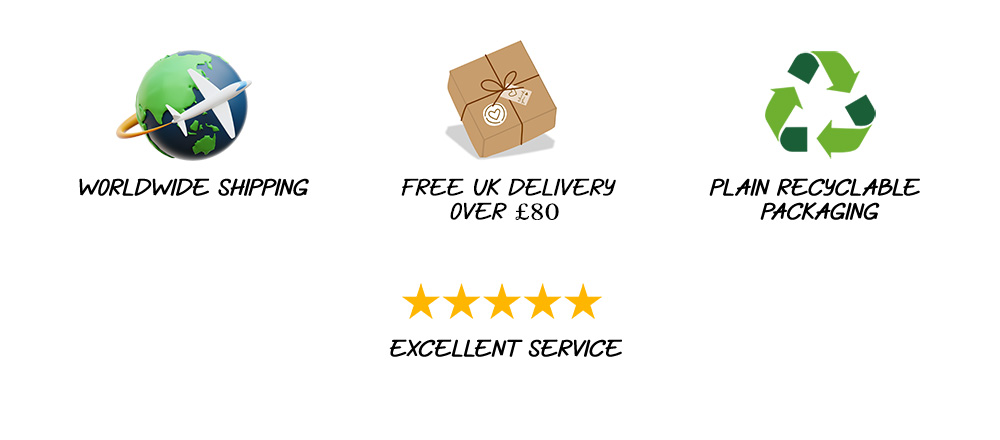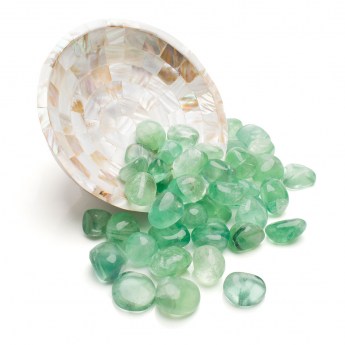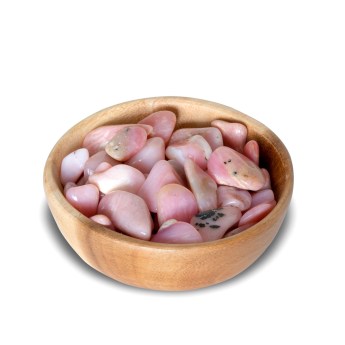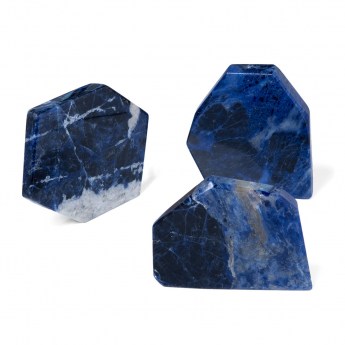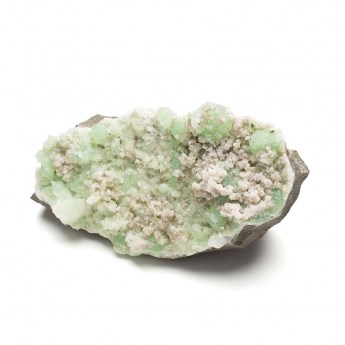What is Mohs Scale of Hardness?

Mohs Scale Measures Scratch Resistance
Mohs scale of mineral hardness was created in 1812 by Viennese mineralogist Friedrich Mohs.
The purpose of the scale was to identify scratch hardness. This is the resistance of one mineral when being scratched by another.
Mohs scale was made up of ten common minerals all with a different hardness. The softest was talc the hardest was diamond.
The scale is still widely used today to grade the hardness of one mineral against another. It's also used for identification purposes. If you're unsure whether a mineral is quartz or topaz, topaz will scratch quartz but quartz won't scratch topaz.
On Mohs scale of hardness talc which grades 1 can be scratched by gypsum which grades 2. Gypsum can be scratched by calcite which grades 3.
The harder the mineral the higher its grade. With diamond being the hardest substance known to man it grades 10.
Every mineral on Mohs scale of hardness can scratch another with a lower grade. It can also be scratched by one with a higher grade. Minerals with the same grade can scratch each other. Half grades are also used.
All known minerals and most rocks now have a place on the scale.
Although Friedrich Mohs created a scale to measure mineral hardness this characteristic had previously been mentioned by ancient Greek philosopher Theophrastus. It was also discussed some three hundred and fifty years later by Roman author and philosopher Pliny the Elder.
The concept is really quite simple. For one material to be able to scratch another it must be harder. If the abrasive that coats a nail file were softer than your nail it would have no effect. Nail files are often coated with corundum which after diamond is the hardest known mineral.
The grades on the scale are not evenly spaced out. For example fluorite which grades 4 is only slightly harder than calcite which grades 3. Diamond grades 10 yet is four times as hard as corundum which grades 9.
Whilst scratch resistance identifies mineral hardness it's not the same as toughness. The correct geological term for toughness is tenacity. This describes a mineral's resistance to cracking, chipping or pressure.
Being the hardest known substance on Earth diamond can't be scratched by another mineral. If dropped however from height onto a hard surface it's likely to crack. Do the same with a pearl which grades 2.5 on Mohs scale and it's unlikely to become damaged.
Mohs Scale of Mineral Hardness
|
Hardness |
Index |
Examples |
|
1 |
Talcum powder |
|
|
2 |
Gypsum |
Selenite |
|
3 |
Calcite |
Calcite |
|
4 |
Fluorite |
Fluorite |
|
5 |
Turquoise |
|
|
6 |
Labradorite |
|
|
7 |
Quartz |
Amethyst |
|
8 |
Topaz |
Topaz |
|
9 |
Corundum |
Sapphire |
|
10 |
Diamond |
Hardest known substance |





